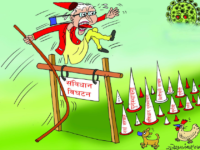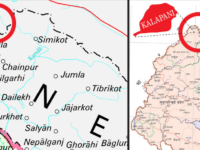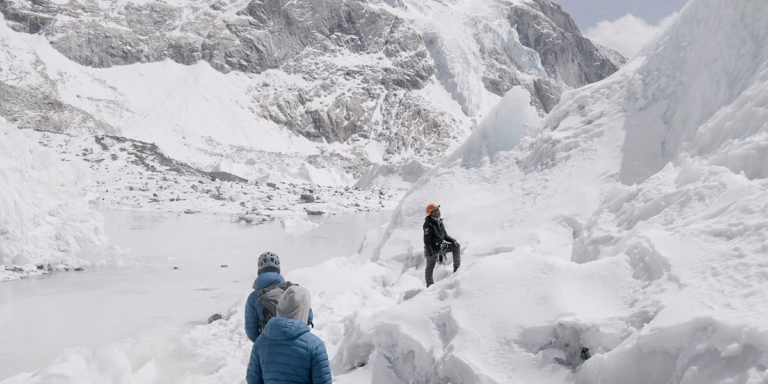Mount Everest’s landscape is drastically changing due to climate change, posing new risks. The melting Khumbu Icefall, once a stable path, now presents unforeseen dangers to climbers and Sherpas, impacting their traditional climbing routes.
This environmental shift is also affecting Nepal’s economy. The region heavily relies on Everest tourism, which supports numerous jobs and contributes significantly to the GDP. The changing glacier is forcing a reevaluation of Everest Base Camp’s location, with implications for the local economy.
Beyond climbing hazards, the melting glacier has broader environmental consequences. It signals a rapid ice loss in the Himalayas, threatening water sources vital to the Indian subcontinent. This poses risks to agriculture and millions of people’s livelihoods, highlighting the urgency of addressing climate change. The ice melt is eroding a pillar of Nepal’s economy. Mount Everest stands at the center of a tourism industry that in 2022 supported more than a million jobs and contributed $2.4 billion to Nepal’s economy, or 6.1% of its GDP, according to the World Travel and Tourism Council.
For a comprehensive exploration of these issues, read the full article on WSJ here.






















